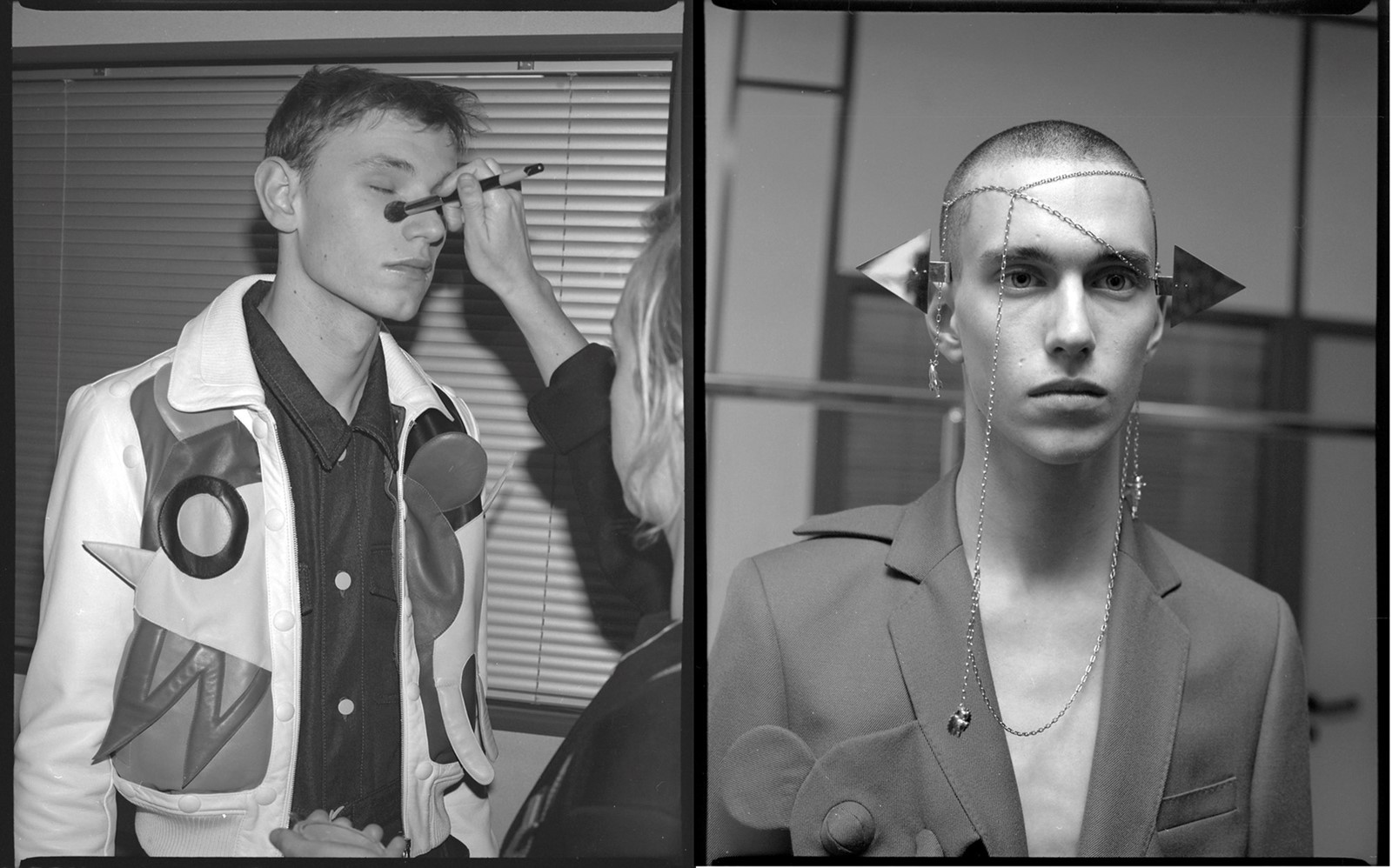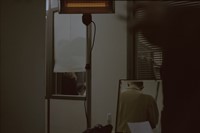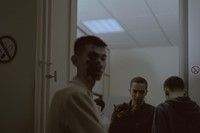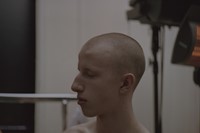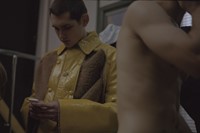There are few industry figures as integral to shaping the direction of avant-garde fashion as Inge Grognard. The Belgian make-up artist has been somewhat of a satellite member of the Antwerp Six, worked with Martin Margiela since her teenage years and continues to collaborate not only with those she has known since the 1980s but also the likes of Raf Simons and Phoebe English: designers who might not hail from the glory years of the Antwerp Academy, but are equally progressive in their aesthetic. She has been working with Walter Van Beirendonck since he was a student at the renowned Academy, and for his A/W16 menswear collection painted a series of graphic illustrations upon the models' faces: black shadows of the tiny charms that hung from their jewellery. A collection which, in spite of its visual grace, Van Beirendonck titled WOEST (which translates from Flemish to 'furious'), Grognard explains that "Walter was really angry with everything that is happening in the world, but also he didn’t want to make an aggressive collection. The only thing that he really wanted to use to show his anger was those little bracelets and the charms on them."
"I was combining very sweet subjects and very aggressive subjects," explained Van Beirendonck after the show. "So you had small rabbits and teddy bears, but then there were chainsaws and strip saws cutting through them." Worn atop the heads of models, the pieces were simultaneously beautiful and bizarre; "I wanted to almost create a subculture, because I miss seeing young people stand up and say 'yeah, we look like this'. That feeling is a little bit gone; this is my proposition of how subculture could look today." Here, we speak to Grognard about the authenticity of the Belgian auteur's message and the place for fashion in these times of global turbulence...
On the practicalities of collaboration…
"Other designers might bring a piece of music or a textile to inspire the make-up look for the collection, but Walter [Van Beirendonck] is always very clear; he knows exactly what he wants and he makes drawings of everything right from the start until the end. Then he brings them to me and asks, ‘how can we realise this?’ He knows exactly what he’s doing with his collection, where he wants to go, what he wants to say – and because we’ve known each other for such a long time, I know the way he wants it done and the materials he loves. We do a fitting quite far in advance, two or three weeks before the show, because we both live in Antwerp – and then he adjusts it until everything is right, and I start searching for more products."
On the authenticity of WOEST...
"Walter is always making statements like this; he did it before, and he’s done it again – he’s always been like that, so it was easier to include those political elements into his collection. With another designer, it might have felt a little bit ridiculous because you might not believe it and just start laughing; there are only a few who can make it work: people like him, and Comme des Garçons. Sometimes it’s raw, sometimes it’s poetic but that message is always there in his work, and I love it."
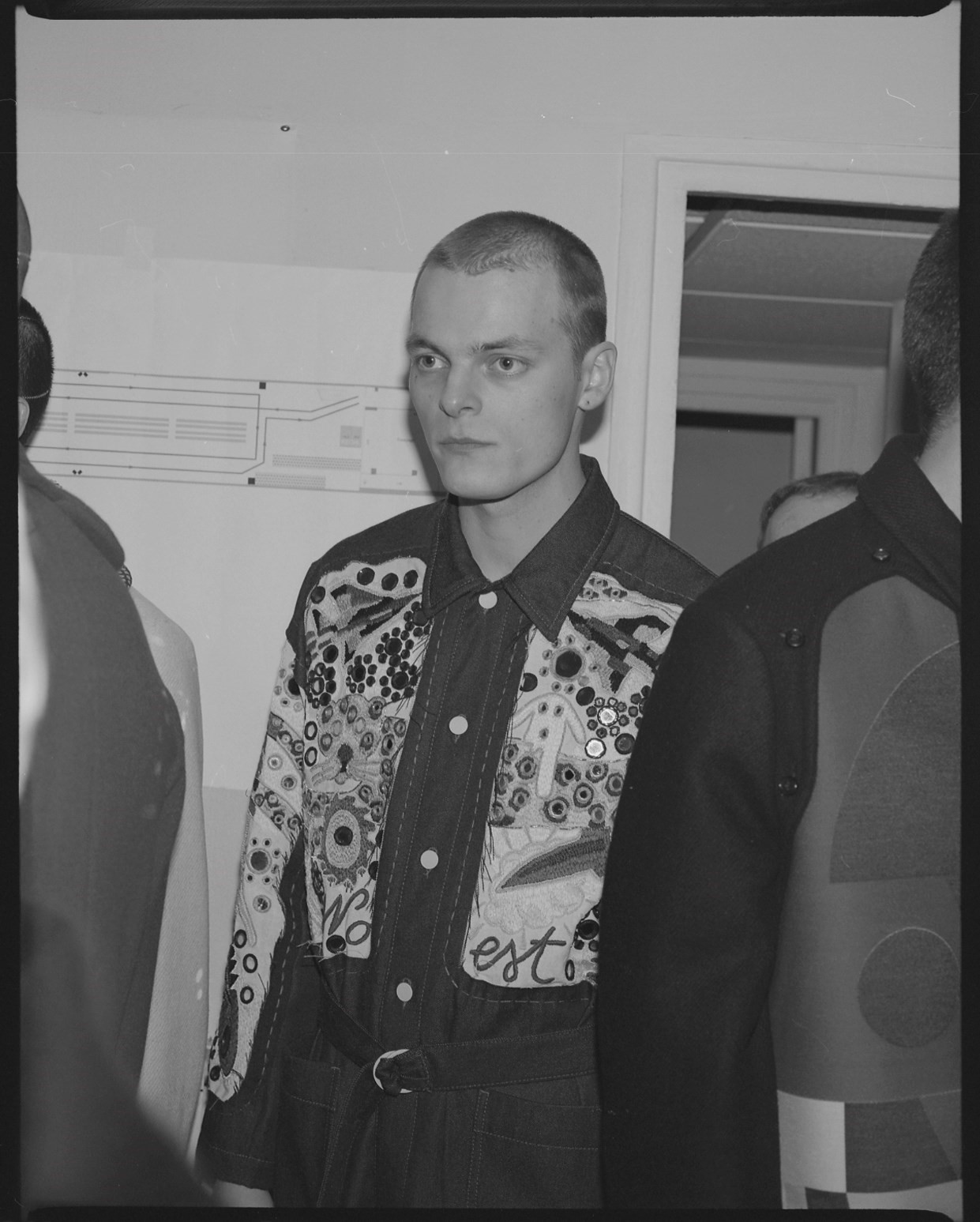
On fashion's engagement with politics...
"I don’t think that fashion has the power to change things politically – there are powers above us far stronger – but we can try, we can make things a little more beautiful, and we can have a voice. I believe in our voice, and that we can show that people who are creative are also engaged with the problems in the world, show that we are not only thinking about aesthetics. We don’t just think about dresses and emptiness. People working in fashion are not stupid, we’re not unaware of what’s happening in the world. And, particularly with the internet, you can’t close your eyes anymore."
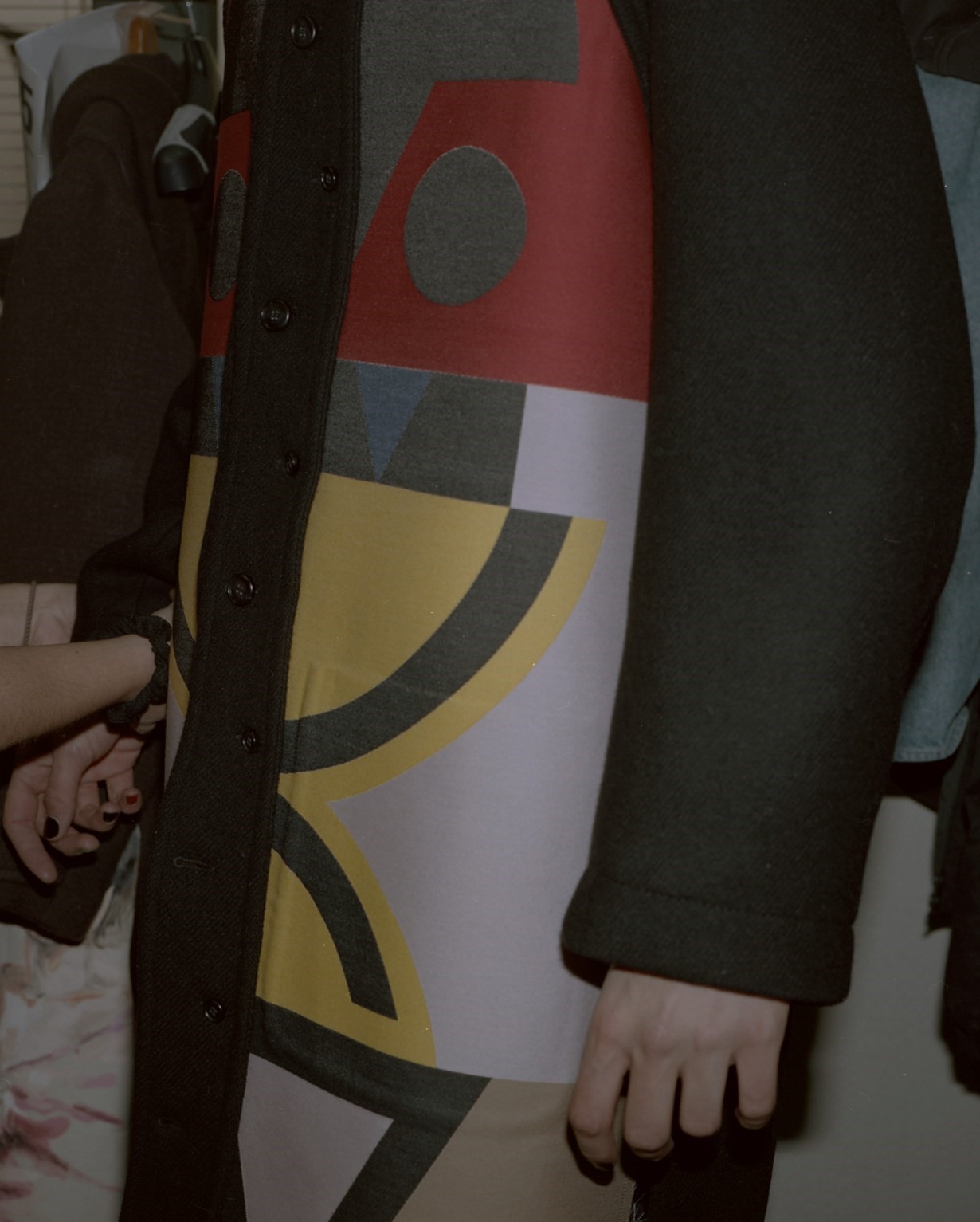
On the atmosphere of Paris...
"This season was very bizarre for me; I was coming home from holiday in Jakarta and, on the day I left, there were attacks there. Then, there was a strange atmosphere in Paris – firstly, you had to show your ID on the train, which you don’t usually have to do when you're leaving Belgium because we’re part of Schengen. [Ed’s note: The Schengen Area comprises of 26 European countries that have abolished passport controls and border restrictions]. Then, when I arrived, there was a kind of emptiness in the shops and in the streets. We weren’t allowed to stay outside with too many people when we were waiting for a show or something, everybody had to go inside. At a certain point, you think, ‘oh my god, what are we doing continuing with fashion?’ But it’s important: life continues, and for some people it can make a big difference; we can try and make things a little nicer. After all of the cruelty and the terrible things that are happening, I think we need that."
